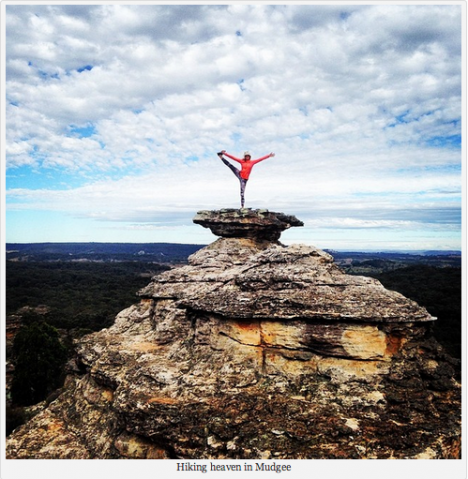It’s kind of funny being asked to explain something that comes as second nature to you. “Um, you just do it,” comes the reply from the nuclear scientist who splits atoms for a living.

*Research shows that spending time outdoors increases attention spans and creative problem-solving skills by as much as 50 percent.
* Just one hour of trekking can burn well over 500 calories (if calorie counting is your caper).
* Hiking can lower blood pressure by four to 10 points, and reduce the danger of heart disease, diabetes and strokes for those at high-risk.
* Another study found that long distance hiking trips may improve antioxidative capacity in cancer patients.
* And this bit of boffinism shows that using hiking as an additional therapy can help people with severe depression feel less hopeless, depressed and suicidal.
In a semblance of order, here’s how I do it:
I make it all about the hike.
Some people travel to a city or region for a museum, or the café scene, or for the wineries. From there they experience other things (great food, sights, smells). When you really want to give hiking a go, go to where the best hike is and build in other experiences from there. It’s not a bad formula to adhere to. Great hiking scenery generally attracts great food and culture and other experiences. And like-minded people.
I use hiking as the raison d’etre of my travelling. That and eating.
Research your hike thus:
Google: “Best hikes in [insert name of area]”. If you’re really happy to travel anywhere in the world for a rippin’ hike, check